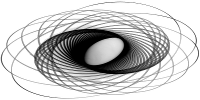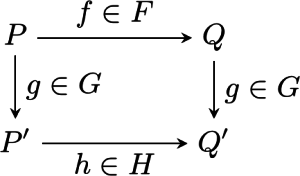G. K. L. Tam, Z.-Q. Cheng, Y.-K. Lai, F. C. Langbein, Y.-H. Liu, A. D. Marshall, R. R. Martin, P. L. Rosin, X-F. Sun. Registration of 3D Point Clouds and Meshes: A Survey From Rigid to Non-Rigid. IEEE Trans. Visualization and Computer Graphics 19(7):1199-1217, 2013. [DOI:10.1109/TVCG.2012.310] [PDF]
Three-dimensional surface registration transforms multiple three-dimensional data sets into the same coordinate system so as to align overlapping components of these sets. Recent surveys have covered different aspects of either rigid or nonrigid registration, but seldom discuss them as a whole. Our study serves two purposes: 1) To give a comprehensive survey of both types of registration, focusing on three-dimensional point clouds and meshes and 2) to provide a better understanding of registration from the perspective of data fitting. Registration is closely related to data fitting in which it comprises three core interwoven components: model selection, correspondences and constraints, and optimization. Study of these components 1) provides a basis for comparison of the novelties of different techniques, 2) reveals the similarity of rigid and nonrigid registration in terms of problem representations, and 3) shows how overfitting arises in nonrigid registration and the reasons for increasing interest in intrinsic techniques. We further summarize some practical issues of registration which include initializations and evaluations, and discuss some of our own observations, insights and foreseeable research trends.
![]() This work is licensed under a Creative Commons Attribution-NonCommercial-ShareAlike 4.0 International License.
This work is licensed under a Creative Commons Attribution-NonCommercial-ShareAlike 4.0 International License.

